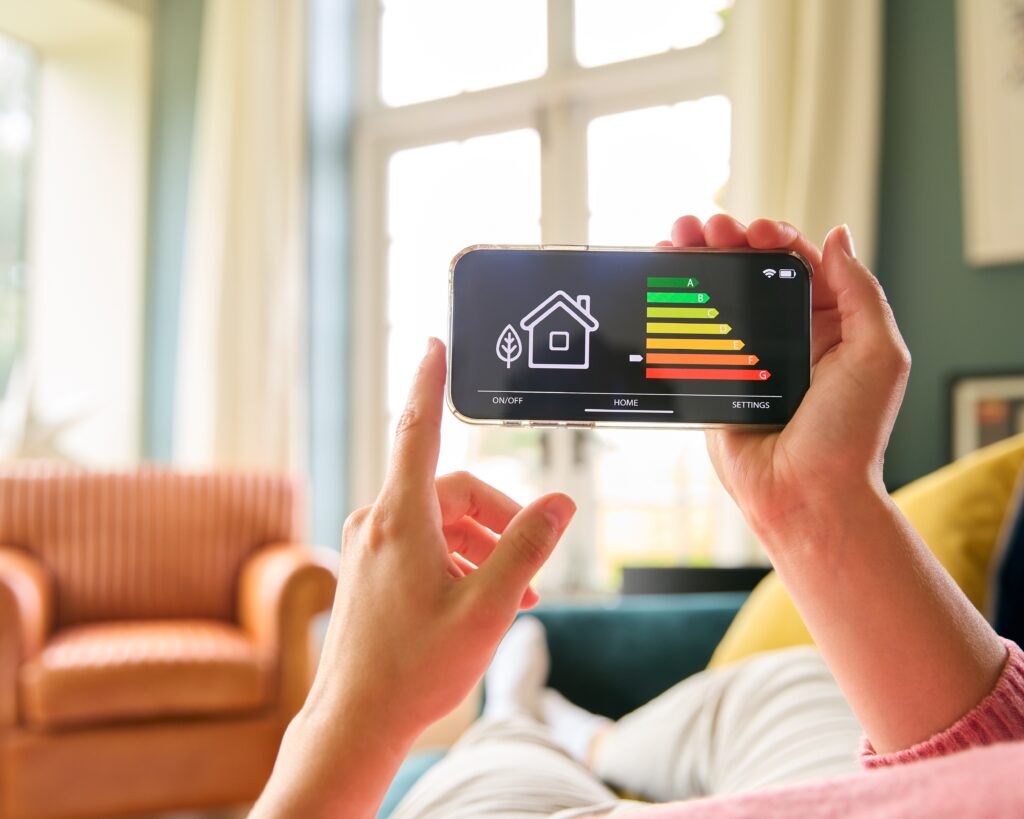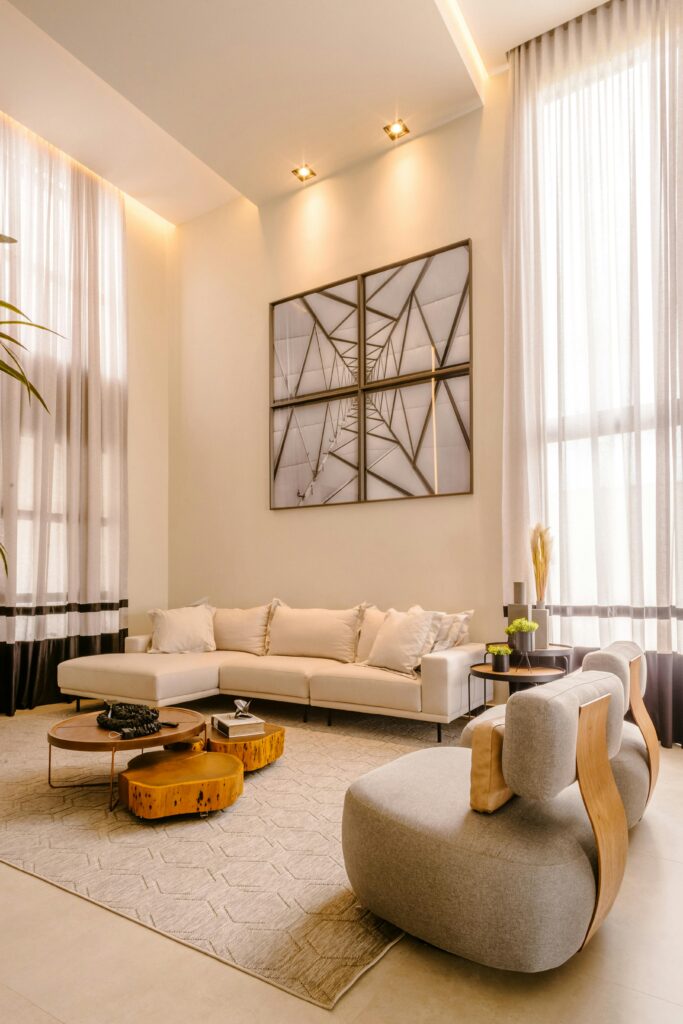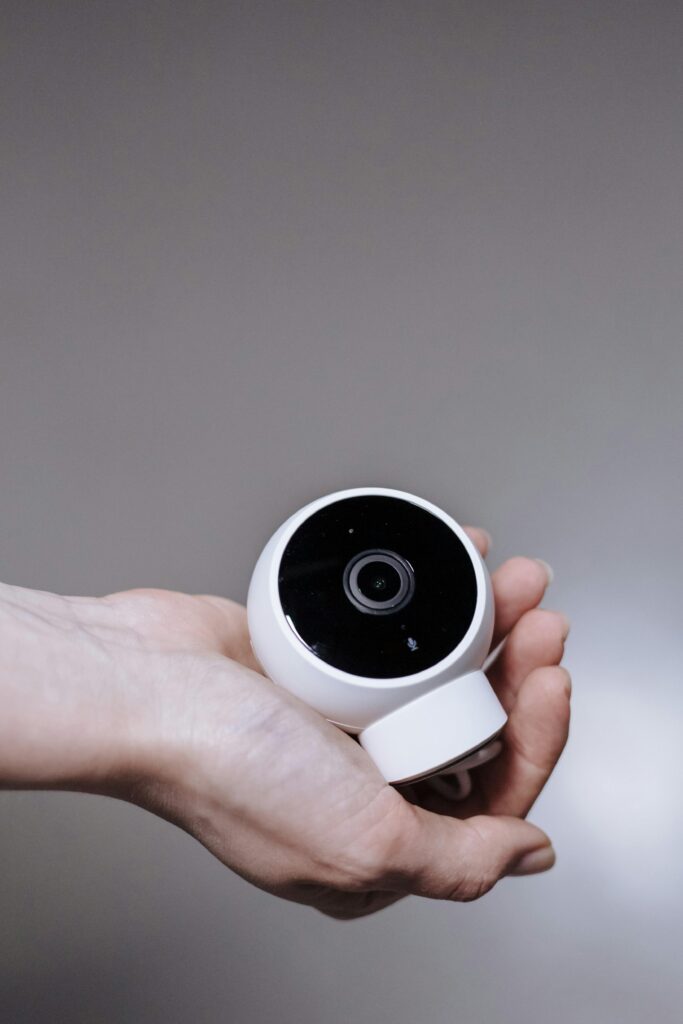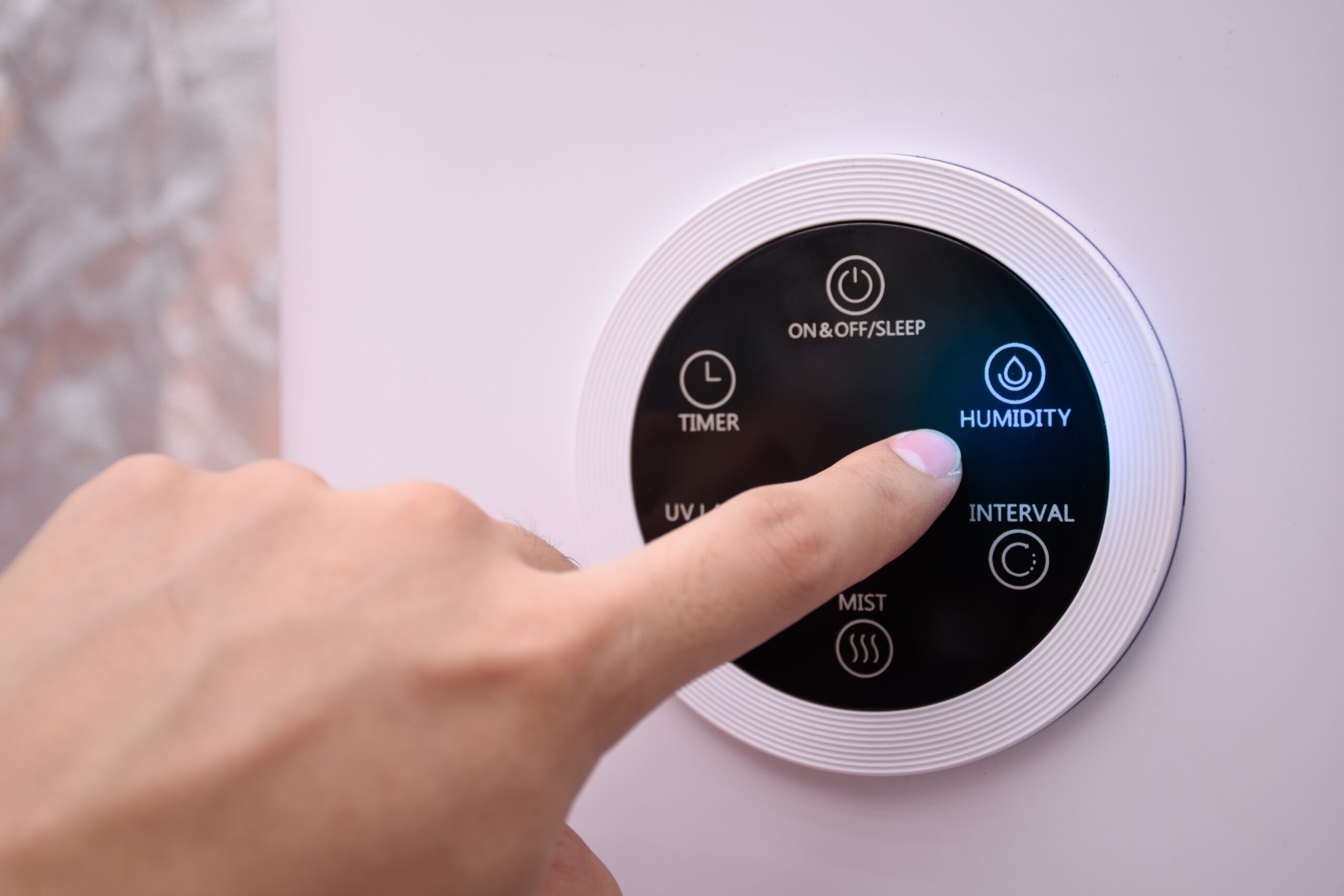In recent years, smart home technology has advanced rapidly, enabling a seamless experience where everything from thermostats to kitchen appliances can be monitored and controlled at the touch of a button.
Smart homes are becoming increasingly essential in modern life. The integration of technology into home design offers not just convenience but also efficiency, security, and sustainability. As our world becomes more connected, the demand for smart homes continues to rise. These homes promise to improve the quality of life by making everyday tasks easier, saving energy, and providing enhanced comfort and safety. With the rise of IoT (Internet of Things), homes are evolving into intelligent spaces that interact with the user in real-time.
The concept of a smart home dates back to the 1960s with early automation systems that could control lights or temperature. However, these early iterations were often cumbersome and not widely available. The true breakthrough came in the late 1990s and early 2000s, with the development of more affordable and user-friendly devices. Today, we are witnessing the rise of fully integrated smart homes that provide homeowners with complete control over nearly every aspect of their living space, from temperature to security.
- Key technologies in smart homes
- Benefits of smart homes in modern design
- Design challenges and considerations
- The future of smart homes
- Conclusion
Key technologies in smart homes
Home automation systems are the backbone of smart homes. These systems allow homeowners to control various elements of their home, such as lighting, heating, air conditioning, and even curtains or blinds, remotely or on a schedule. Automated temperature control systems, for example, allow users to set heating or cooling schedules to optimize energy usage and ensure comfort throughout the day. These systems can be linked to smart thermostats, which learn your preferences over time and adjust automatically.
The integration of smart appliances into homes has revolutionized household tasks. Devices like refrigerators, ovens, washing machines, and even coffee makers can now be controlled remotely or operate autonomously. Smart refrigerators can track food inventory and send reminders when items are running low. Ovens can be preheated remotely, and washing machines can be scheduled to run at energy-efficient times, making daily chores more convenient and energy-efficient.
Smart home security systems offer unparalleled convenience and peace of mind. Smart locks, surveillance cameras, motion sensors, and door/window sensors allow homeowners to monitor their property remotely. Real-time alerts can notify you when someone enters your home or when unusual activity is detected. Additionally, smart cameras can be integrated with cloud storage, allowing users to access footage from anywhere in the world. Some systems also incorporate facial recognition and other advanced features to enhance security.
Voice assistants like Amazon Alexa, Google Assistant, and Apple Siri are becoming integral to smart home functionality. These AI-powered systems allow users to control various devices with simple voice commands. Beyond basic tasks, voice assistants can also integrate with other smart systems, such as adjusting the temperature, turning on lights, or controlling home security features. As AI continues to advance, these assistants will become even more intuitive, learning from user habits and preferences to automate more aspects of daily life.
Smart lighting is one of the most popular smart home features. Smart bulbs allow users to control brightness, color, and even create lighting schedules. These bulbs are energy-efficient, often using LED technology, and can be customized to fit the ambiance of a room. Similarly, smart environmental control systems, including air quality monitors and smart humidifiers, ensure optimal indoor conditions, further improving comfort and air quality. By automatically adjusting temperature and humidity levels, these systems create an ideal living environment while reducing energy consumption.
Benefits of smart Homes in modern design
Energy Efficiency and Sustainability
One of the most significant benefits of smart homes is their energy efficiency. With systems like smart thermostats, automated lighting, and energy-monitoring appliances, homeowners can reduce energy waste and lower their utility bills. Smart homes can also incorporate renewable energy sources like solar panels, with automation systems ensuring that energy usage is optimized and aligned with peak performance times. These environmentally friendly technologies contribute to a more sustainable lifestyle, making it easier for individuals to reduce their carbon footprint.
Convenience and Accessibility
Smart homes offer unparalleled convenience. Homeowners can control nearly every aspect of their home remotely, whether from a smartphone, tablet, or voice assistant. For example, you can turn on the lights, adjust the thermostat, or even lock the doors from anywhere in the world. This level of control makes it easy to manage your home, especially for those with busy lifestyles. Additionally, smart homes offer increased accessibility for people with disabilities, with devices that can be controlled by voice or adapted to specific needs, making life easier for all users.
Enhanced Security and Safety
Smart home security systems offer enhanced protection compared to traditional setups. Real-time alerts, remote surveillance, and the ability to control locks and alarms remotely provide greater peace of mind. For families, this technology is a game-changer, offering a level of control that ensures safety even when away from home. Moreover, integration with other smart devices, such as smoke detectors, carbon monoxide detectors, and flood sensors, can help detect hazards early, preventing costly damage and ensuring the safety of residents.
Personalization and Comfort
Smart homes are designed with personalization in mind. Automation systems learn your preferences, adjusting the temperature, lighting, and even entertainment systems based on your habits. For example, a smart thermostat can learn the best temperature for you at different times of day, and smart lighting can adjust to match your desired mood or time of day. These features provide a high level of comfort and ensure that your home environment adapts to your lifestyle rather than the other way around.
Design challenges and considerations



Integrating smart home technology into existing buildings can be a challenge, particularly in older homes that were not designed with technology in mind. Retrofitting these homes with the latest smart devices may require significant modifications to the electrical system, wiring, or infrastructure. In some cases, it might be necessary to install additional wiring, smart hubs, or other components that were not originally part of the home’s design. However, as technology evolves, some solutions like wireless smart devices are becoming more viable for older homes.
As smart homes become increasingly interconnected, concerns about privacy and data security have emerged. Many smart home devices collect data on user habits, preferences, and even personal information, which could potentially be vulnerable to hacking or misuse. It’s essential for homeowners to use secure networks, regularly update their devices, and ensure that any third-party services are trustworthy. Manufacturers must also take steps to protect user data and provide transparent privacy policies.
While smart homes offer numerous benefits, they can also be expensive to set up, especially when integrating high-end devices like advanced security systems, smart appliances, or energy-efficient technologies. These upfront costs can be a barrier for some homeowners, particularly in lower-income households. However, as technology becomes more widespread and affordable, we can expect the cost of building a smart home to decrease, making it more accessible to a broader audience.
The success of smart homes depends heavily on the user experience (UX). If the system is too complicated or difficult to navigate, it will not be effective in meeting the needs of homeowners. It’s crucial for manufacturers and designers to focus on creating intuitive, user-friendly interfaces that make controlling smart devices simple and efficient. The goal is to ensure that technology enhances the user experience without creating unnecessary complexity or confusion.
The future of smart homes
The future of smart homes is incredibly promising, with trends like AI-driven homes, smarter voice assistants, and further integration of home appliances into the IoT ecosystem. Future smart homes will be able to learn from their occupants’ behaviors and adapt accordingly, creating even more personalized and seamless experiences. The development of smart furniture, such as desks that adjust height based on user preferences or beds that monitor sleep quality, will further enhance the way homes are designed and function.
Architects and designers will continue to play a crucial role in shaping the future of smart homes. The integration of technology into architectural design must be seamless, ensuring that smart systems enhance the user experience without detracting from the aesthetic value of the home. Future homes will likely feature smart design from the ground up, with technology incorporated into the building materials, layouts, and overall design. Architects will need to work closely with technologists to ensure that new developments meet the needs of modern living while maintaining aesthetic integrity.
As smart homes become more common, they will undoubtedly transform urban living. Cities will need to adapt to accommodate the rise of connected homes, which may include smarter infrastructure, such as automated traffic systems, smart waste management, and energy-efficient urban planning. Smart homes will also be an integral part of the move toward more sustainable, environmentally conscious cities, helping reduce energy consumption and improve the quality of life for urban dwellers.
Conclusion
Smart homes are transforming the way we live, offering increased energy efficiency, convenience, security, and personalization. Through the integration of advanced technologies such as automation systems, smart appliances, and AI-driven devices, homes are becoming more intuitive and responsive to the needs of their occupants. While there are challenges, such as privacy concerns and high costs, the future of smart homes looks promising, with continued advancements in technology and design.
The integration of technology into home design is no longer just a trend; it’s a necessity for the future. As we move toward more connected, energy-efficient, and sustainable living environments, smart home technology will continue to play a key role in shaping how we interact with our spaces. By designing homes that embrace these technologies, we can create more efficient, comfortable, and secure living spaces that cater to the needs of modern life.
The future of smart homes is bright, and as technology continues to evolve, so too will the way we live. From smarter appliances to fully AI-driven homes, the next generation of smart homes promises to make our lives easier, more efficient, and more connected than ever before. The ongoing collaboration between architects, designers, and technologists will ensure that smart homes are not just functional but also beautiful and sustainable, ultimately reshaping the way we experience our living spaces.








